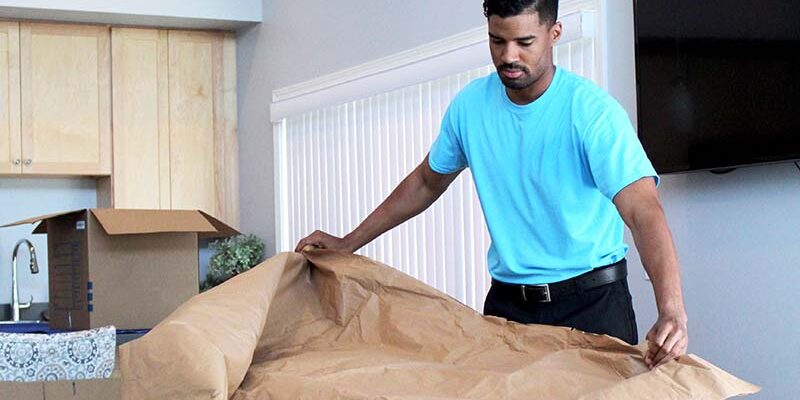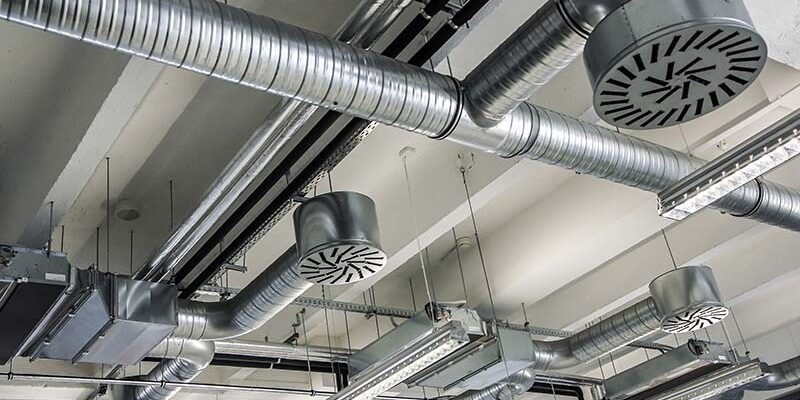Price Fixing

According to the Federal Trade Commission (FTC), common third-party pricing guides may be in direct violation with the FTC rules on “price fixing.”
According to the FTC website: “Price fixing is an agreement among competitors that raises, lowers or stabilizes prices or competitive terms.”
Restoration contractors have been forced by the insurance industry, for years now, to use one of these pricing guides. They have also set up special groups of pre-approved vendors who not only agree to certain terms but agree to use the dictated pricing guide of the insurance company’s choice.
This is not a set of independent contractor competitors consulting one another to collude a price; rather, it is the insurance company colluding with the contractor (albeit coerced upon most contractors) for a set of fixed prices and terms.
Again, according to the FTC website; “A plain agreement among competitors to fix prices is almost always illegal, whether prices are fixed at a minimum, maximum or within some range.”
Can large franchised operations also be charged with price fixing? Maybe so, if the franchisors in the interest of their franchisees collude with one another, and the insurance companies, to vie for a pre-eminent position from adjusters.
Many independent contractors have been fighting this coercion from the insurance industry for years and have always been told by their adjusters to toe the line and quit crying lest they be effectively blacklisted from referrals and while many, who try to play the game, have gone out of business struggling against this collusion to make a profit.
Forensic restoration
For many years now, the forensic restoration industry (FRI) — also known as the bio hazard industry — has not been subjected to pricing guides for their operations.
Pricing has settled over the years through competition and risk assessment to a level of what is considered to be “reasonable and customary” for the work that is done within the industry.
Nothing in this world that deals with human blood and potential of disease has ever been cheap. Yet, the most popular third party pricing guides choose to look upon the forensic restoration industry as any other trade.
When I’ve questioned representatives of third-party pricing guides as to how their respective companies arrive at their pricing, they have offered the explanation of surveys taken from contractors in each region, then performed their calculations of each step covered within their system. Averages were then formulated from those surveys.
However, in speaking with many restoration contractors and, from my own experiences, the contracting world finds most of the charges to be arbitrary and skewed in favor of the insurance provider. The contractor is left wondering why a supposed third party pricing guide would skew the price of their work one way or another.
For years now, these pricing guides have been routinely ignored by the forensic restoration industry, but with so many restoration and mitigation companies wanting to offer these services they are receiving unprecedented pressure from the insurance providers through pricing guides to play the “price fixing” game.
This adds instability to the marketplace. Well-seasoned companies who are mainly independent cannot survive as standalone companies whose only business is forensic restoration. Indeed, an independent restoration/mitigation company performing within their own field of expertise finds this difficult to make a profit as well.
In other words, pricing is being set arbitrarily through the guide as opposed to the marketplace. It is only the free market that can provide true value pricing that allows services and goods to be provided to customers and clients by stable companies making reasonable profits.
The result
What has happened in the marketplace, as a result of these price fixing measures?
To play in the price fixing game, many contractors attend seminars where they are taught how to add line items to their invoices and make deals on terms with the insurance providers. Every movement of their labor is logged and assigned a code that produces an invoice line item.
The consequence is a higher cost of the overall job. Costs to the contractor in playing the game are added through purchase and maintenance of the software and increased training for the personnel to operate it.
Practices are altered and/or added to accommodate the system. The result of these measures… cost inflation. True competition is blocked and the law both in spirit and letter is broken, which means the consumer eventually loses.
It has been reported throughout the restoration and mitigation industry that the common practice of the insurance providers, through their adjusters, have steered their insured away from reputable stable companies.
These were first on-site or had been referred by a friend and obtained a verbal agreement, and at times even written agreement.
Collusion leads to fraud
Reports throughout the restoration and mitigation industry are, even though a contractor plays this price fixing game, that they can still receive a call from an adjuster looking for yet another discount or random decrease in the contractor’s invoice to make the adjuster’s numbers look good.
The contractor, just by being asked by the adjuster, feels a pressure to acquiesce for fear of not getting the next referral.
The outcome of this action by the adjusters in behalf of the provider is that many companies will arbitrarily add items to their invoices, knowing the adjuster will call and the contractor can negotiate down to a lower number and still make a profit.
How did this happen?
Many times, systems and efficiencies are introduced and built over time, and it is a slow process. It begins as a benign effort to do just what the marketplace, FTC and the American public wants: To give us an informed choice, competitive process, yielding a high-quality product at low prices.
There’s an old story I’m sure you’ve heard a time or two about boiling a frog. Set the frog first in cold water then slowly turn up the heat and they won’t know the difference. The problem arises out of “too much of a good thing” that at first doesn’t feel like collusion or fraud but morphs into the very thing you’re trying to prevent.
At least I’m hoping this was the case here between the insurance industry and the pricing guides that they embrace.
The fix
Whether this system was built intentionally nefarious to thwart competition and break the law is inconsequential at this point in time.
The problems within the restoration and mitigation industries exist. Like many things of this nature, those who benefit most from the status quo are not going to stand and proclaim its shortcomings.
However, it would only take a few independent contractors across the country to collectively lodge a complaint with the FTC and/or obtain counsel for a class-action lawsuit to put an end to this unfair practice of price fixing.
In my opinion, trade associations should be first on the bandwagon to protect our industry as a whole, and I’m left wondering why that hasn’t happened.
Perhaps they just haven’t thought about it in these terms and accept it as just the way our industries do business.
The free marketplace
The free market always works best for the consumer, business in general, and the overall economy when companies are allowed to provide uninterrupted value to the consumer.
No company can exist without providing value first and receiving fair compensation for their offer. Any attempt to skew the playing field of fair competition lacks morality and should be confronted by its players.
Don M. McNulty is one of the leading instructors in Forensic Restoration and Entrepreneurship and has been teaching and certifying technicians within the FRI since 2002. As of 2013 Don teaches through The School of Forensic Restoration and his own consulting business. You can find out more information concerning this industry and Don’s teaching schedule through his website www.SchoolOfForensicRestoration.com or www.BioTechnicianCourse.com












